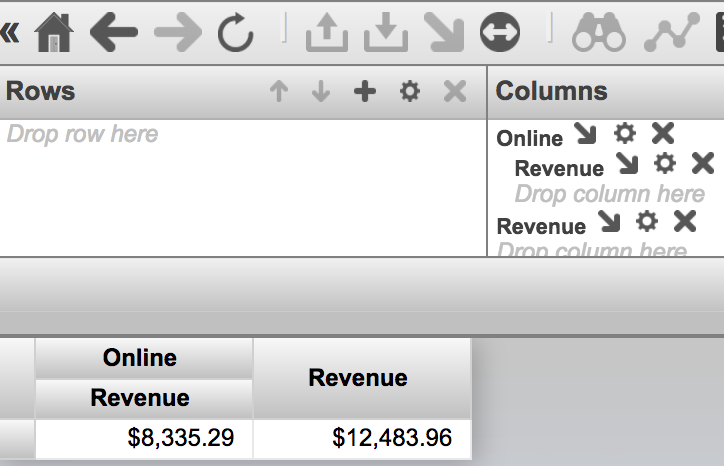This is a series of programming challenges for beginners and experienced Caché programmers.
For an introduction : goto to article https://community.intersystems.com/post/advent-code-2016-day1-no-time-ta... or look at the http://adventofcode.com/ website.

